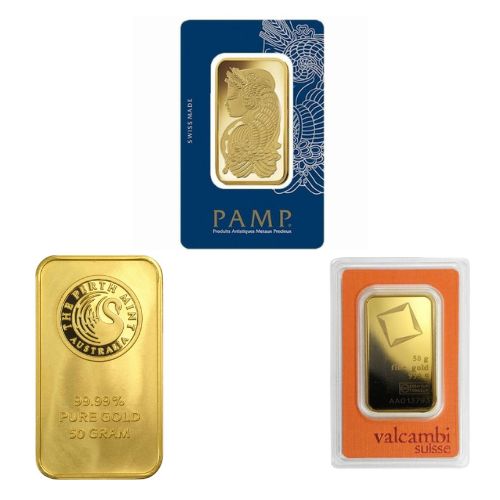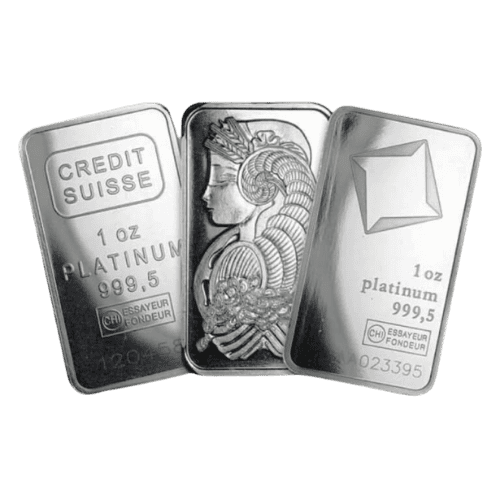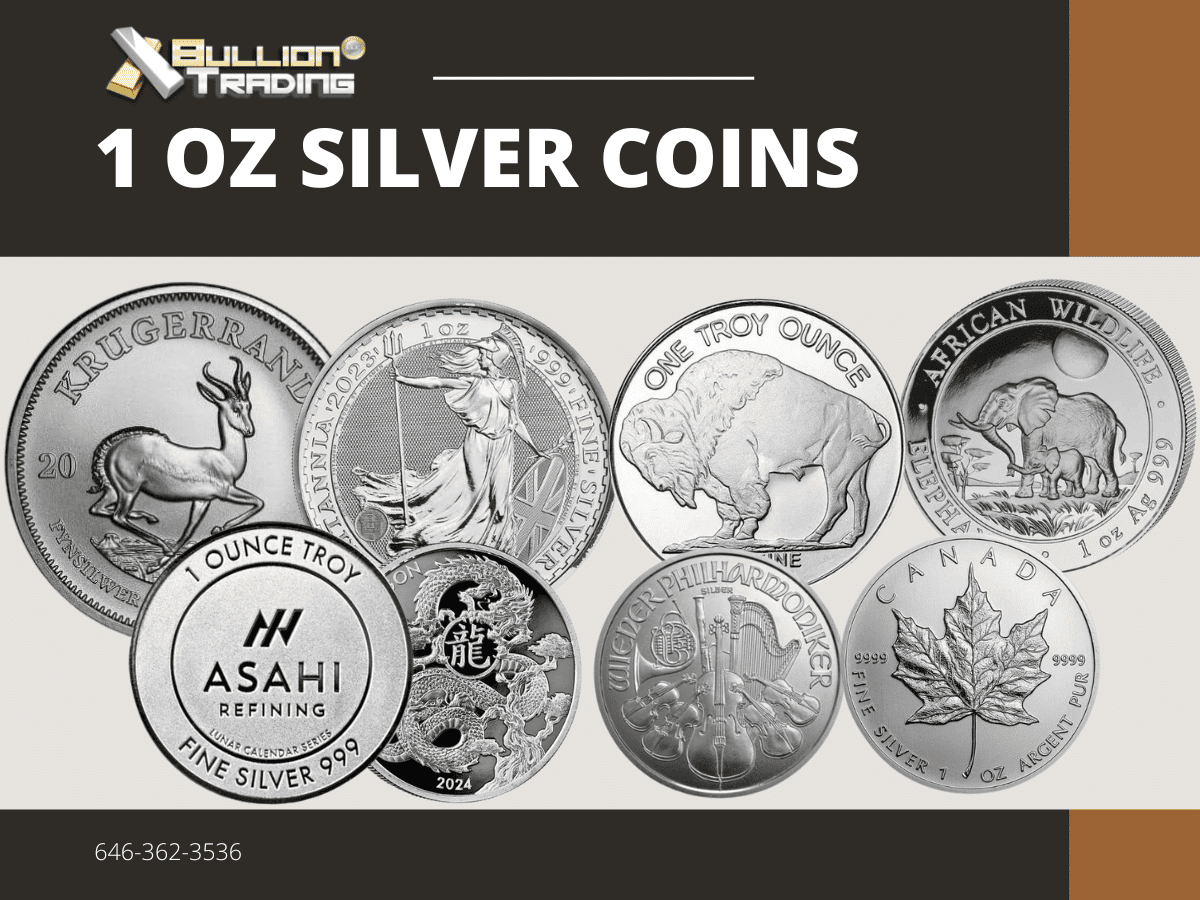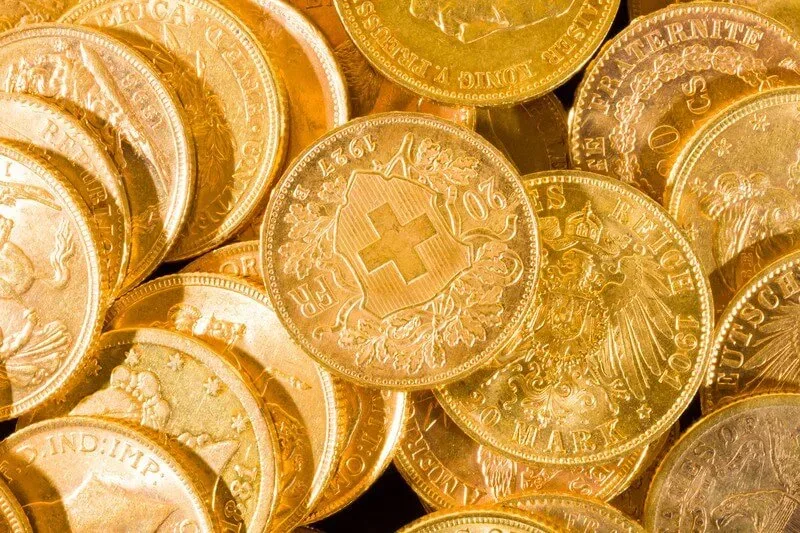Their stated value were 10, 20, and 100 Swiss francs, minted (millesimal fineness of 900) with an unique style on both the obverse, and the reverse, of the coin. Often called “Swiss Miss” because of the obverse (which features a female effigy), the coin is identifiable all over the world. The reverse side of the coin includes the Swiss Cross, together with an oak wreath (and the denomination).
Called “Vreneli” informally, the coins were taking a look at today were legal tender produced in Switzerland. They were first released in 1897, making them among the earliest, and the majority of collectable, coins on the planet of gold. The initial production run ended in 1936, however more coins were struck in 1947, and again in 1949. Coins from those latter years are restrikes, and were not legal tender.
Only 5,000 100 franc pieces were minted, and they only saw production in the year 1925. It would be years and years before the mintage of the very first gold coins, however the underlying currency was established, in part, by one of the most prominent figures from all of history.
http://www.mintproducts.com The 20 franc coins have to do with the size of a U.S. nickel, and included 90 %gold(or 5.805 grams of pure gold). The 10 franc coin was roughly half the size and weight, with similar purity, as the 20 franc coin. In overall, around 61 million coins were minted.
Today, were examining a coin from a location many consider to be the foremost authorities on gold– Switzerland. Almost everybodys heard the term “Swiss gold” before, and todays coin is precisely that.
through http://www.mintproducts.com On our Featured Coin series, we take an appearance at a few of the worlds most important, tradeable, and fascinating gold and silver coins. Weve looked at top sellers and classics like the Krugerrand before, as well as relative beginners, like the Austrian Philharmonic.
On our Featured Coin series, we take a look at some of the worlds most valuable, tradeable, and intriguing gold and silver coins. Their face worths were 10, 20, and 100 Swiss francs, minted (millesimal fineness of 900) with a distinct style on both the obverse, and the reverse, of the coin. The 20 franc coins are about the size of a U.S. nickel, and contained 90 %gold(or 5.805 grams of pure gold). The 10 franc coin was roughly half the size and weight, with comparable pureness, as the 20 franc coin.
The coins were a product of the Swiss Mint at Bern, though some of the inscription was done by the Paris mint. Each of them was etched with a letter “B” for identification purposes.





